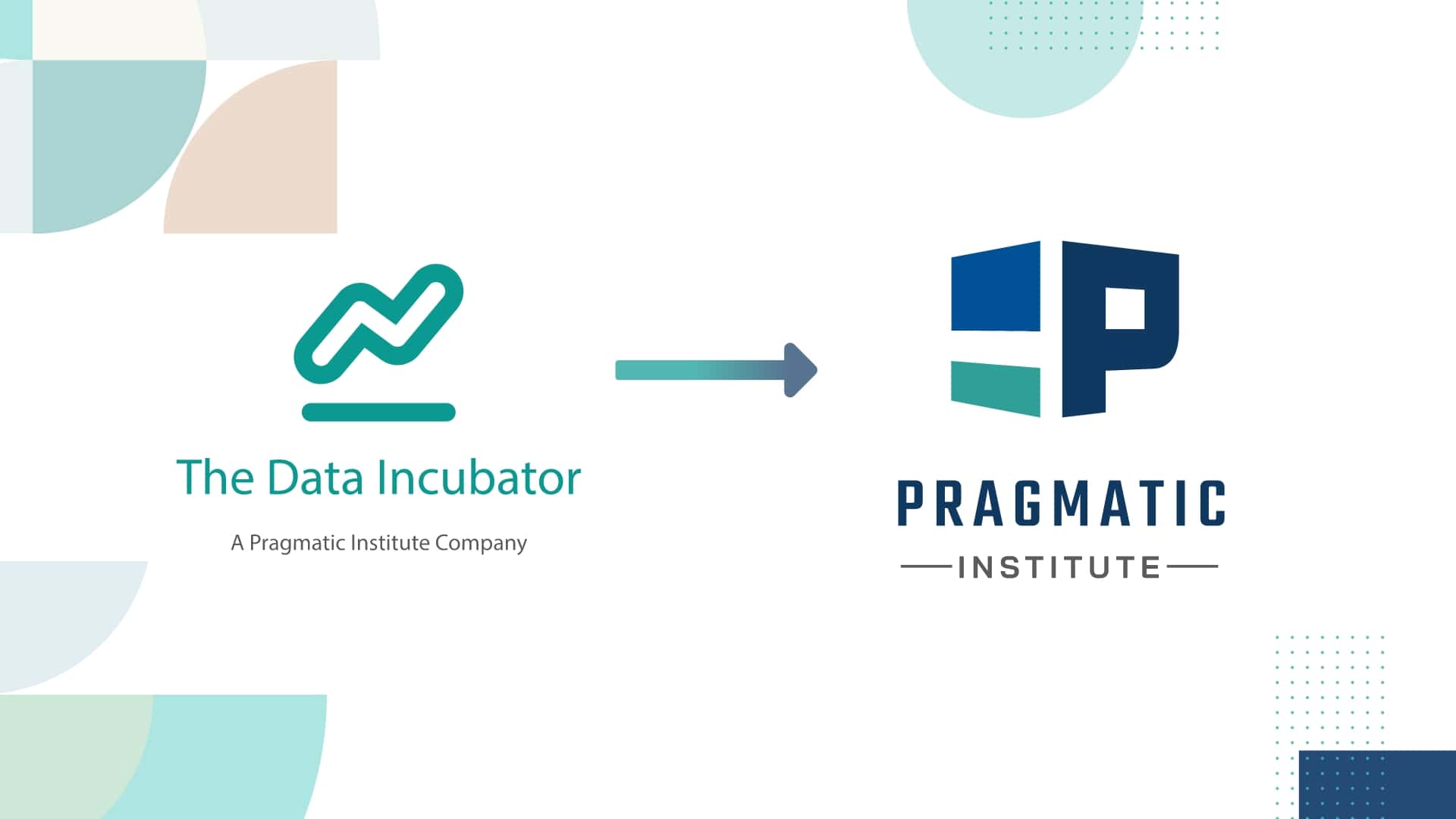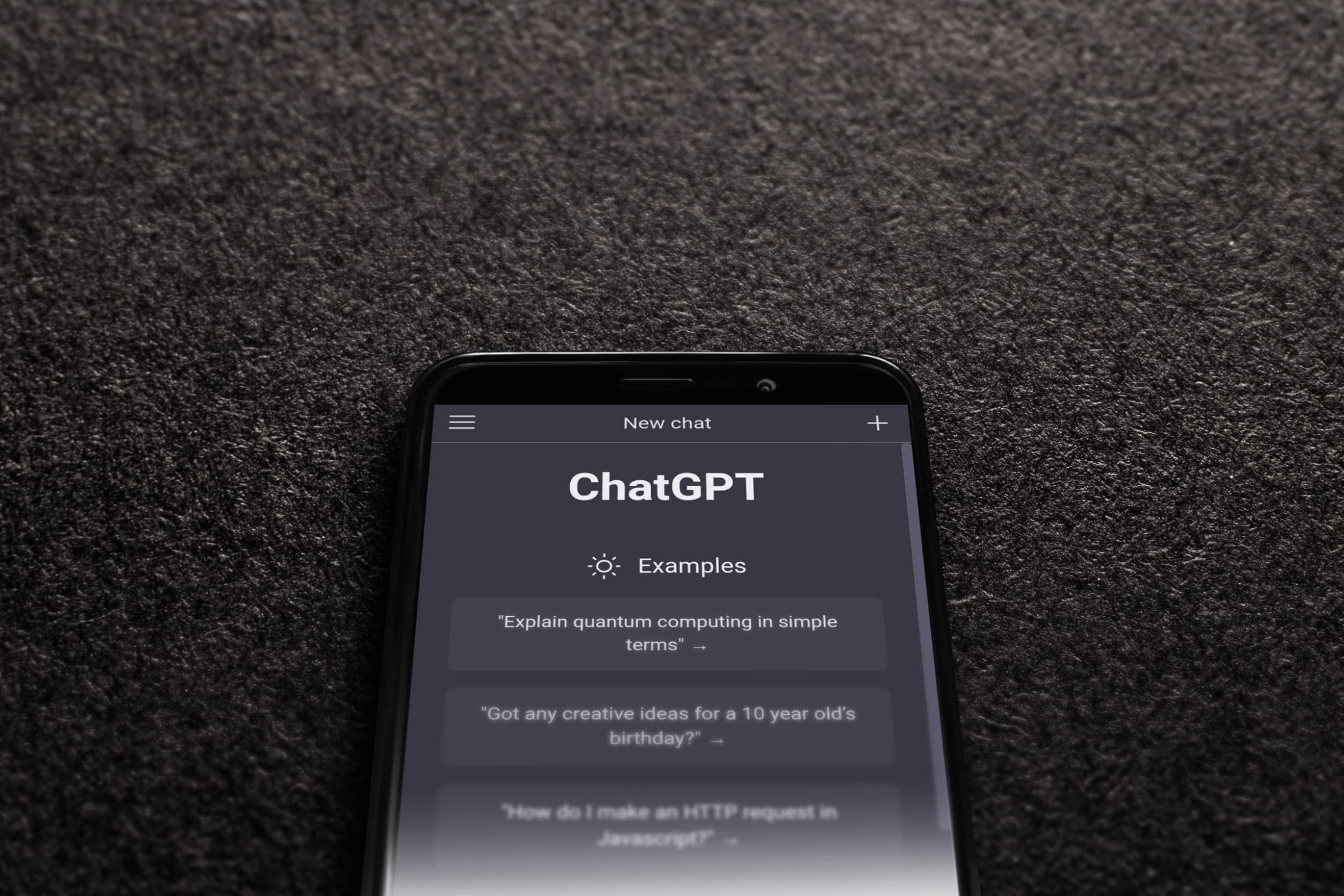Zack Wenthe joined a recent episode of Data Chats to discuss the importance of understanding how consumers interact with your brand, how customers make decisions emotionally and leveraging data to create meaningful decisions.
Wenthe is a customer data platform evangelist and senior technical product marketing manager at Treasure Data. He recommends not being afraid of the ugly insights data can reveal. “Tell customers to be honest and give them the freedom to tell you the good, the bad and the ugly because you will learn so much.”
We captured highlights from the episode in the below Q&A. (Editor’s note: This conversation has been lightly edited and condensed for clarity.)
What exactly does it mean to truly understand customers?
Brands often operate in department silos and sometimes even channel silos. For instance, there may be an email version of “Chris” and a loyalty program version of “Chris”. As a consumer, you see the brand as one entity, but the reality is that the brand may see you as 37 different profiles across ten different systems, some of which may be outdated or unknown to them. This can make it difficult for the brand to interact with you as a person rather than a fragmented version of yourself.
A true understanding requires more than just bringing data into one place. It also involves meaningfully moving that data back out to other systems like email or loyalty platforms so that they can react and interact based on what’s happening across all channels.
Many of us have experienced the frustration of calling a call center and having them ask for the information they should already have. A true understanding means treating each one-to-one relationship with importance and creating a seamless, personalized experience that connects with the customer.
How do we define emotional connection, and how can we use it effectively?
The concept of emotional connection with a brand is about having a positive emotional reaction toward it. Brands want to create a positive emotional connection with their customers because it impacts their purchasing decisions. It’s not just about how a person feels about a brand but also their interactions. If a brand has a great mission but is frustrating to interact with, people are still unlikely to do business with them.
Consumers invest dollars and energy into the brands they choose to do business with. Brands that people feel good about and have an emotional connection to will generally be the ones they spend more money with.
So, brands need to take a step back and think about how they can create meaningful and exciting interactions with their customers. This doesn’t have to be difficult, and there are simple steps that brands can take. However, it does require going beyond just traditional brand advertising and going deeper to create a more profound emotional connection. Think of those Super Bowl ads that make you cry; that’s a real emotional connection.
How can we measure emotional connections?
It’s about understanding the feeling that the consumer is trying to solve with the product or service that you’re offering. For example, if you’re selling tires, you can appeal to a consumer’s desire for safety or fun. And it’s not just about features and benefits but about connecting with the brand on a deeper level.
Data can be used to understand consumers better and tailor strategies to meet their needs. It’s not about clickbait or going viral but about creating meaningful conversations with consumers.
How can organizations effectively combine data and emotional connections?
Let me share an example from one of our customers, a direct-to-consumer meal delivery service focused on healthy prepackaged meals. They realized that as marketers, they should already know their ideal customer profile and not have to debate it. However, they often found themselves in discussions about whether they should target athletes or not. Their advertising and messaging were tailored toward health-conscious athletes. Still, during an investment round, their investors challenged them to analyze their data and understand who their most profitable and engaged customers were.
So, they gathered transactional data, in-house content and third-party data from demographic, psychographic, and behavioral sources to create a customer profile. To their surprise, their most profitable and engaged customers were not athletes but aging parents who didn’t want to cook big meals but still wanted to maintain a healthy lifestyle. By creating aspirational personas without data to support them, their advertising and content did not resonate with their target audience, which could impact their bottom line.
What advice would you give to marketers hesitant about data and data experts who don’t think like marketers?
At the core of any successful business is a customer-centric approach. Whether you operate in a B2B or B2C environment, customers are the lifeblood of your business. Thus, it’s essential to step back and evaluate how you can improve customer interactions. Instead of prioritizing products first, put the customer first. This requires a holistic approach that takes into account customer needs and preferences.
As someone who has worked in marketing for a long time, I have noticed that marketers used to be wary of data. They would rather rely on their gut instincts rather than data-driven insights. However, this approach is no longer sustainable. Data-driven insights can help you fine-tune your marketing efforts and focus your creativity where it matters. For example, you can use customer data to identify your core customer base and tailor your marketing efforts accordingly. This approach unlocks new opportunities for creativity and can help you connect with your customers more meaningfully.
To make the most of your customer data, I recommend setting up a Center of Excellence around customer data. This involves bringing together cross-functional teams, including marketing, data, IT, security and legal, to discuss what data you’re collecting and how you’re using it. By doing so, you can identify gaps in your data collection efforts and learn from your competitors. Sharing wins and best practices is also essential, as it helps build momentum and create a culture of continuous improvement. Ultimately, a customer-centric approach that leverages data can help drive business growth and ensure long-term success.
How can we transform data insights into information marketers can use for emotional connections?
So, the first step in tackling any data-related challenge is understanding what kind of data you’re collecting. You’d be surprised how often marketers only focus on the data that are directly relevant to them, and they end up missing out on valuable insights from other teams. That’s where a Center of Excellence comes in handy – it’s a great way to bring everyone together and create a shared data dictionary.
Once you’ve got a good understanding of what data you have, it’s time to figure out what you want to achieve. Start at the end and work backward. What’s your end goal? What data do you need to get there? What data do you already have, and what do you need to acquire?
Take the example of a company that wanted to identify its ideal customer profile. As they started gathering data, they realized there were some gaps. To fill those gaps, they could have gone out and bought data or done some customer research. Instead, they ran their surveys, asking customers, “why do you want healthy meals?” and “what’s important to you?” They were able to piece together a complete picture of their ideal customer, but they wouldn’t have been able to do that without a clear objective in mind
Keep in mind that marketers don’t always know the data as well as the data engineers do. So, don’t be afraid to ask for help from data engineers, as they are often full of great ideas.
How long does it take to establish a deep emotional connection with a customer?
There are several factors to consider when creating a successful advertising campaign. One of the most important is understanding that not all customers behave and operate similarly. When developing a campaign, it’s important to consider the emotional triggers that might resonate with your target audience.
This involves identifying your objectives and target audience and testing different variations of your message to see what resonates. You might consider different personality types, such as introverts and extroverts, or different emotional hooks, such as happiness or sadness.
Testing can involve creating multiple variations of your message and tracking which ones perform best. In digital advertising, it’s easy to create multiple versions of content that can be tested and iterated based on performance data. It can take several months to plan, develop and test an advertising campaign, but the process is cyclical. It can be improved over time based on the insights gained from testing and analysis.
What advice would you offer to those seeking to make an impact using data and emotional connections?
Begin by developing a data dictionary that catalogs all customer data, followed by engaging in direct conversations with customers to gain valuable insights. This approach will prove more effective than relying solely on data dashboards and will give businesses a competitive edge.
Talking to customers through phone calls or Zoom meetings is also crucial to gaining insights. Ask customers about their struggles and why they chose your product or service. Their feedback will help develop hypotheses that can be further tested with data. Creating a data dictionary and talking to customers can provide more valuable insights than staring at a dashboard all day and will give businesses a competitive advantage.
Listen to the whole episode here:
Learn How to Leverage Your Data | Data Science for Business Leaders
If you’re ready to gain powerful insights with data, explore our Data Science for Business Leaders course. Learn to collaborate with data professionals to unveil business value, make informed decisions and tackle problems effectively.
You’ll learn to:
- Focus data projects on business impact: Craft the questions that lead to productive data projects, and provide important context as data is acquired, curated and prepared for analysis.
- Drive better outcomes through stronger partnerships: Learn where both business leaders and data professionals add value during a project.
- Put insights into action: Define the right levers to influence data and the right metrics to evaluate its effect on the business.
- Champion data-driven decision making: Break down silos and help make data both accessible and actionable throughout your organization.
Author
-

The Pragmatic Editorial Team comprises a diverse team of writers, researchers, and subject matter experts. We are trained to share Pragmatic Institute’s insights and useful information to guide product, data, and design professionals on their career development journeys. Pragmatic Institute is the global leader in Product, Data, and Design training and certification programs for working professionals. Since 1993, we’ve issued over 250,000 product management and product marketing certifications to professionals at companies around the globe. For questions or inquiries, please contact [email protected].








